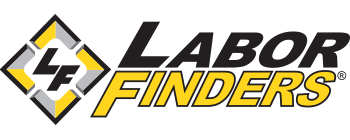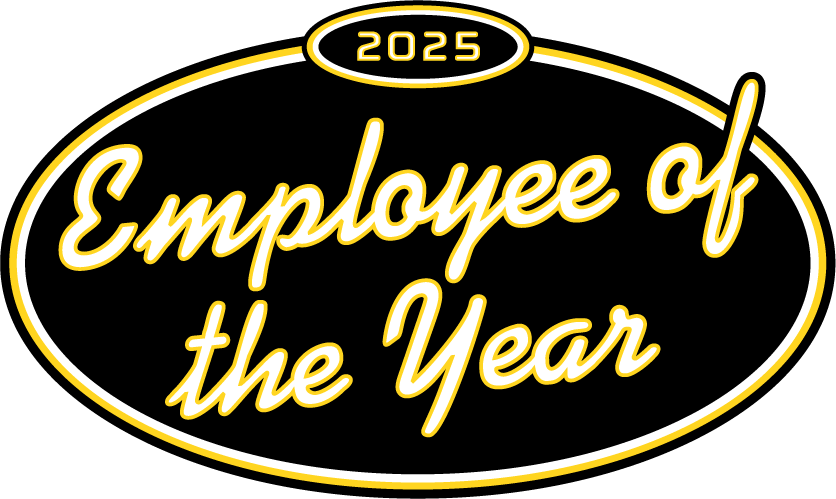-
Job Seekers
X
Job Seekers
Whether you're looking for a temp job or a permanent career, Labor Finders has you covered!
-
Explore
- How it works
- Industries
- Blog
- Locations
- Job Search
You May Also Be Interested In

2025 Employee of the Year
Learn more about our amazing Employee of the Year
-
-
Employers
X
Employers
Let us help you find the workers you need, when you need them.
You May Also Be Interested In
-
Industries
X
Employer Industries
Ready to staff your next project? Our staffing experts has the knowledge and the workers to cater to your unique staffing needs.
In this Section:
Job Seeker Industries
From construction to waste management, we have job openings in whatever industry you’re interested in.
In this Section:
-
About
X
About You
Getting matched to the right job, gaining the flexibility you want, making an impact in your community - at Labor Finders, it’s all about you!
-
You may also be interested in
- About Us
- Job Search Results
- Find an Office
- How it works
- Blog
About Us
With almost 200 offices nationwide, we’ve been putting people back to work for over 40 years. See why we’re a leader in the blue-collar staffing industry.
-
You may also be interested in
- About Us
- Media Center
- Video Library
- Leadership Team
- Careers
- In The Community
- History
-
- Location
Safety
Work Safety on the Job: Preventing Injuries at the Workplace

The Bureau of Labor Statistics reports that there are nearly 3.0 million workplace injuries per year. With so many injuries across various industries, work safety should be of a top priority for employers. Knowing what causes workplace injuries is the first step in prevention.
Causes of Injuries
There are various injuries that occur in the workplace, however they vary by work occupation. Below are a list of the most common injuries by common trades.
Hospitality
Hospitality jobs includes jobs such as waitresses, banquet servers and dishwashers. Injuries in this job group include:
- Cuts
- Slips and falls
- Back issues and sprains
- Chemical Burns
Most of these injuries are related to wet surfaces, unsafe cooking environments, lifting objects that are too heavy or not following cleaning instructions.
Retail
These jobs include those who work as clerks, in shipping and receiving, stocking or product assembly. Retail injuries include:
- Repetitive strain injuries
- Fractures or sprains
- Cuts
- Musculoskeletal injuries
Retail workers often 'let their guards down' not expecting injuries. Reports state that the largest percentage of injuries are due to prolonged positions, poor posture and over extension of muscle groups.
Manufacturing
Manufacturing jobs are often considered to be the one of the highest injury type employments. Workers in this trade are involved in assembly, shipping and receiving and forklift operators. These jobs are generally in the field of creating or transporting products to be sold.
- Machine related injuries
- Musculoskeletal injuries
- Cuts
- Crushing injuries
These injuries tend to be caused by improper equipment training, rushed work pace and unsafe equipment.
Light Industrial
These jobs include mail room clerks, electronic assemblers and production line workers. Light industrial is different from manufacturing in that it involves more consumer oriented products rather than business directed. Injuries include:
- Repetitive motion injuries
- Trips and falls
- Sprains and strains
- Cuts
Injuries in this trade group are related to poor body posture, over use of muscles and improper use of equipment. Some injuries are across trades. These include cuts, sprains, back issues and falls. Falls account for one of the most common injuries across industries and OSHA offers tips for preventing fall injuries.
Consequences for Employer of Unsafe Work Places
Employers often pay dearly for unsafe work places. Many of these consequences seem to ' hit' the employer in the financial pocketbook. Consequences include:
- Worker's compensation costs
- Medical bills
- Possible lawsuits
- Cost of replacement employees
- Loss of net profits due to reduced work staff
- Loss of work productivity
In order to avoid these unnecessary consequences, employers need to concentrate on ways to avoid possible injuries.
Solutions and How to Avoid Injuries
Across all industries, there are certain steps employers can take to provide solutions to reduce and avoid future on the job injuries. These include:
- Proper manager and employee safety training
- Emphasis on safety versus speed or work production
- Following OSHA guidelines for each specific industry
- Ensuring proper workplace inspections
- Applying proper penalties for safety violations
- Having proper first aid equipment handy
- Posting safety precautions and guidelines in visible employee locations
These measures included with proper employee education ensures less workplace injuries, less insurance and worker's comps claims and creates a more efficient and productive workplace. For more information about avoiding workplace injuries, check out Laborfinders.com.













